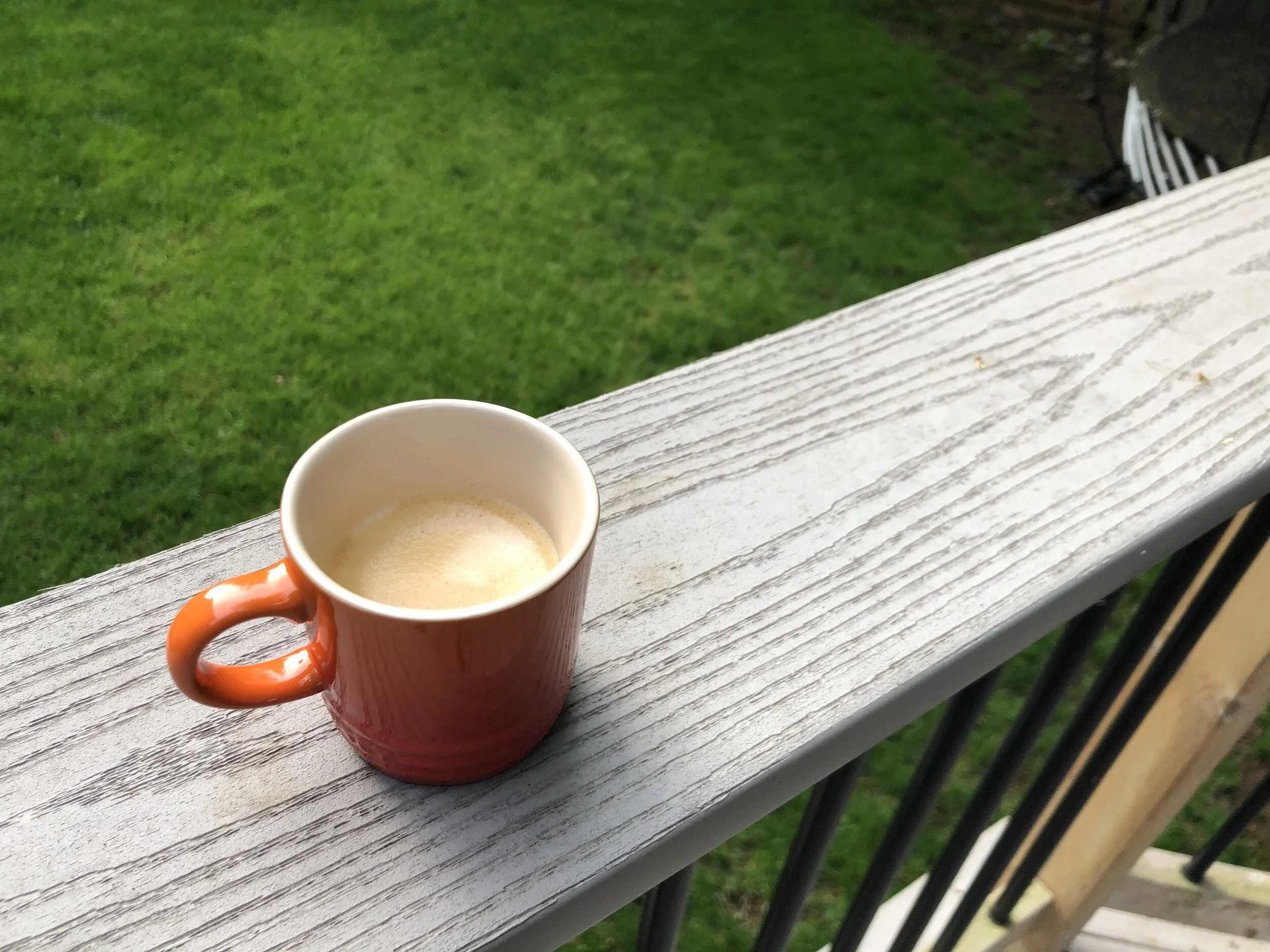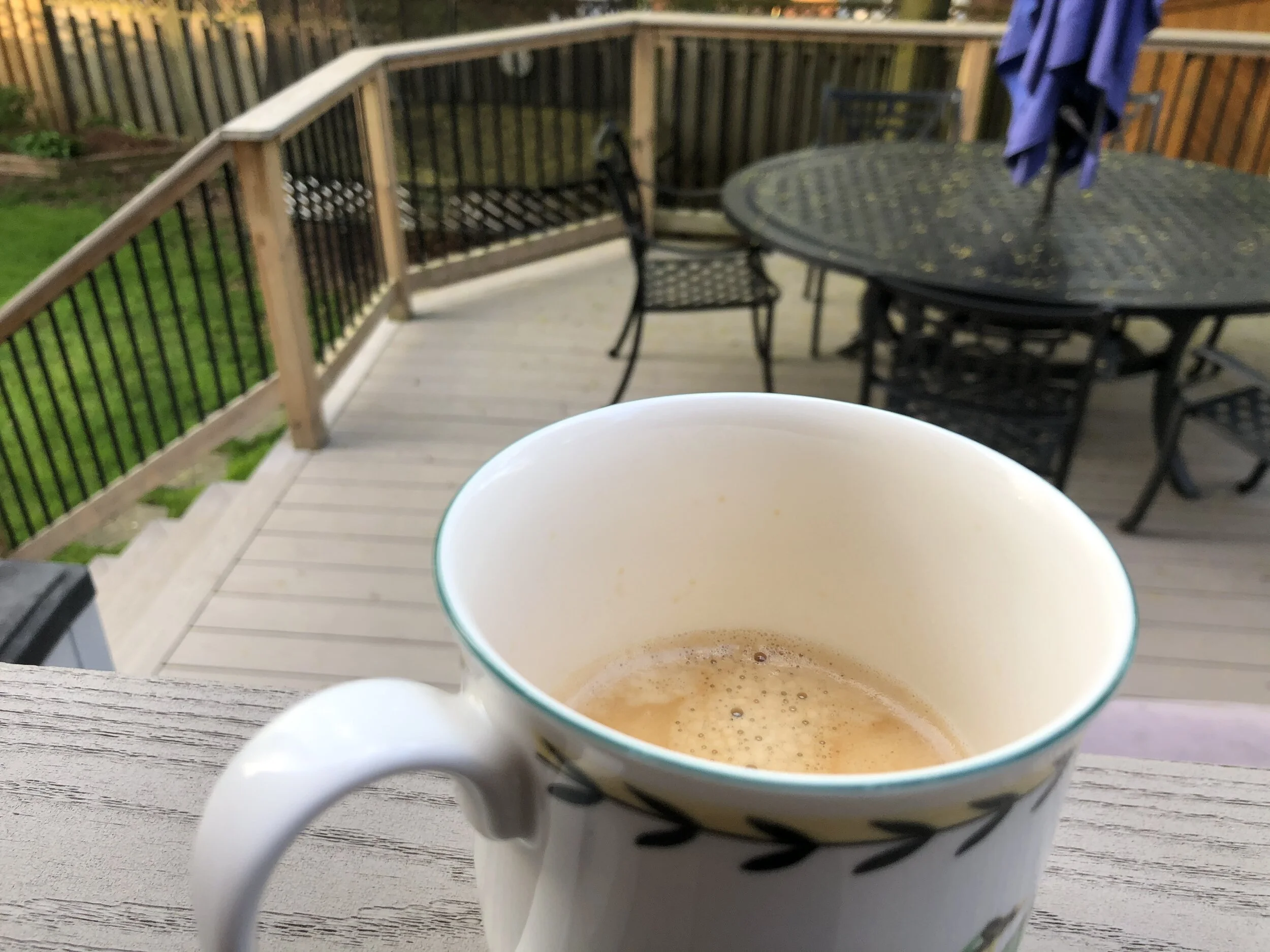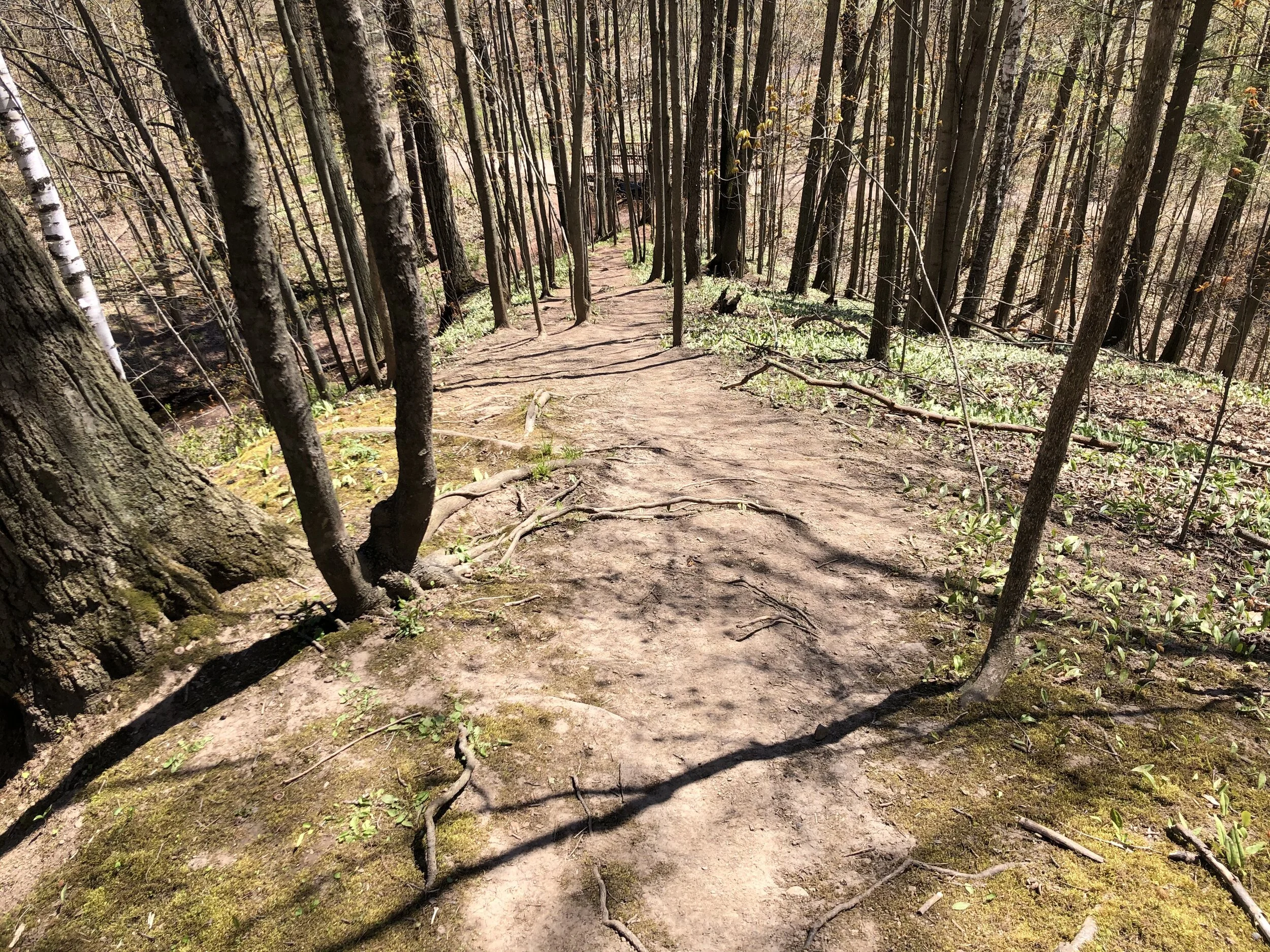Via the Maker Mind newsletter, I was alerted to a James Somers article about the provenance of the Webster’s 1913 Dictionary, and how all modern dictionaries fall short of its penchant for finding the ineffable qualities of a word, as well as tracking down its provenance in a most succinct manner.
James on the value of a genuinely illuminating dictionary:
There’s an amazing thing that happens when you start using the right dictionary. Knowing that it’s there for you, you start looking up more words, including words you already know. And you develop an affection for even those, the plainest most everyday words, because you see them treated with the same respect awarded to the rare ones, the high-sounding ones.
More about how Noah Webster built the dictionary:
Dictionaries today are not written this way. In fact it’d be strange even to say that they’re written. They are built by a large team, less a work of art than of engineering. When you read an entry you don’t get the sense that a person labored at his desk, alone, trying to put the essence of that word into words. That is, you don’t get a sense, the way you do from a good novel, that there was another mind as alive as yours on the other side of the page.
Webster’s dictionary took him 26 years to finish. It ended up having 70,000 words. He wrote it all himself, including the etymologies, which required that he learn 28 languages, including Old English, Gothic, German, Greek, Latin, Italian, Spanish, Dutch, Welsh, Russian, Aramaic, Persian, Arabic, and Sanskrit. He was plagued by debt to fund the project; he had to mortgage his home.
Let’s put the Webster’s 1913 Dictionary to the test with a word I used from the first paragraph: penchant. The current Merriam-Webster definition of penchant is this:
: a strong and continued inclination
broadly : LIKING
Interesting, but not enough to make me want to use penchant in a sentence when I could simply use inclination instead.
Here’s the definition of the same word in the Webster’s 1913 dictionary:
||Pen`chant" (?), n. (Card Playing) A game like bézique, or, in the game, any queen and jack of different suits held together.
||Pen`chant" (?), n. [F., fr. pencher to bend, fr. (assumed) LL. pendicare, L.pendere. See Pendant.] Inclination; decided taste; bias; as, a penchant for art.
Whoa. Here we have references to an obscure card game, French and Latin root words, and a type of jewellery in addition to its more traditional meaning. Embedded in the meaning of the word is the context from where it came into traditional usage.
So you can see where using the right kind of dictionary can re-animate your love of language. Having a sense of character, history, and context behind words can help you gain a brighter picture of what they are all about and prod you to look up more of them.
But that’s not all. You can also use the Webster’s 1913 dictionary on your Mac as part of its hard-wired dictionary functionality. James’ article is a little out of date with its source archive for installation, but Jonathan Buys’ directions on how to install it on your Mac are up to date.. For your iPhone there’s even a free iOS app with the entire dictionary.
This is the kind of discovery that might just cause you to dive into literature again, trusty dictionary in hand. Happy reading!
(Photo courtesy of Joshua Hoehne on Unsplash)








